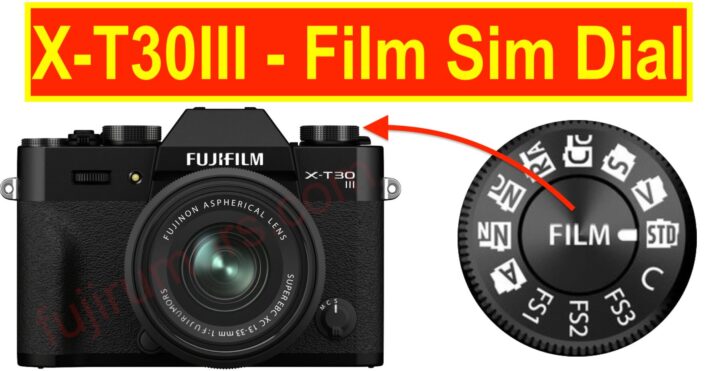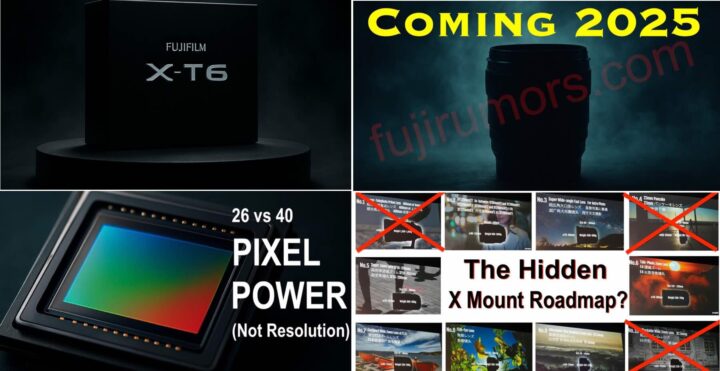Fujifilm X-T30III and XC13-33mmF3.5-6.3 Announcement October 23 – Anything Else Coming?
We told you that the Fujifilm X-T30 III and XC13-33mmF3.5-6.3 will be announced on October 23.
So far Fujifilm has not published any teaser nor made any X Summit announcement, so it might well be a more quiet announcement this time.
That’s an error in my view, as the Fujifilm X-T30 III could turn out to be a very important camera for Fujifilm, since it will be its most affordable 5th gen camera with EVF, closing a huge gap in the current camera lineup.
With that said, some asked me if we can expect more to come.
My answer: so far I have no indication of anything else coming. Not in terms of announcements, development announcements or new lens roadmaps.
And the fact that there is (at least until now), no official X Summit announced, could indicate that October 23 won’t hold any major surprises besides the new gear we mention in this article.
But that’s just a speculation of mine, so don’t crucify me if on October 23 Fujifilm suddenly releases a new roadmap or announces the development of the Fujifilm X-Pro4. In fact, also the Fujifilm GFX Eterna development announcement happened all of a sudden, without any rumors, with a simple press release.
So, everything is still possible.




